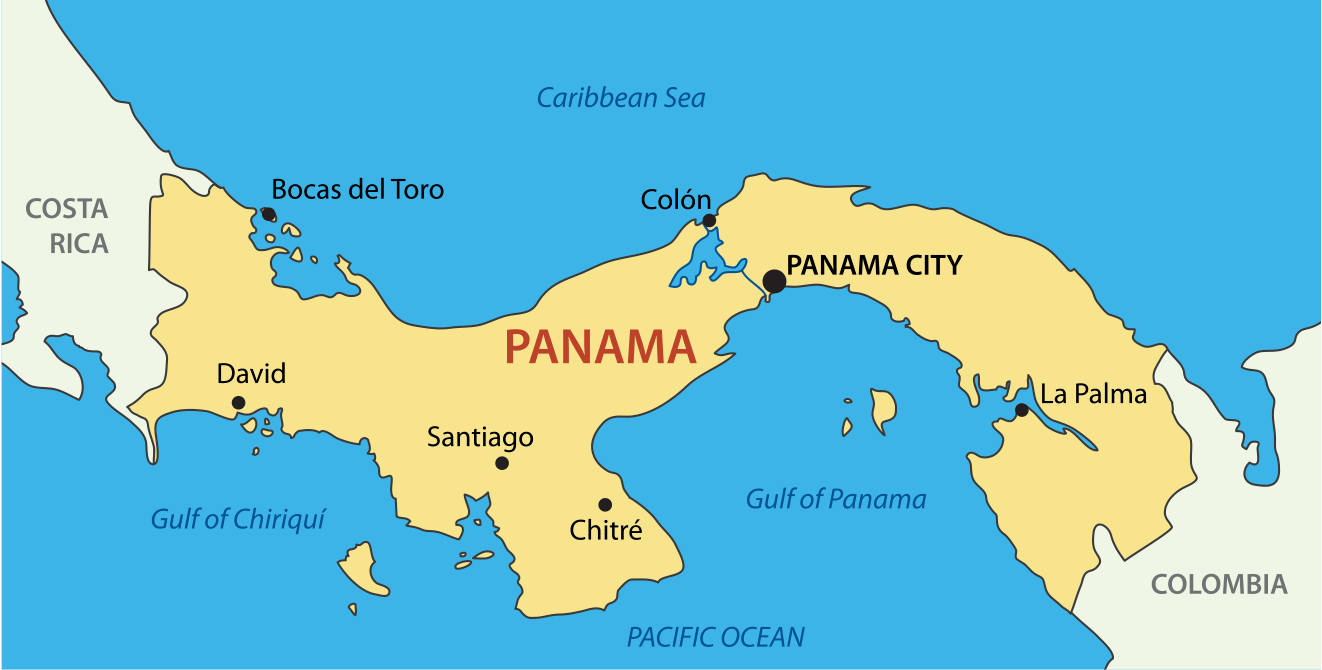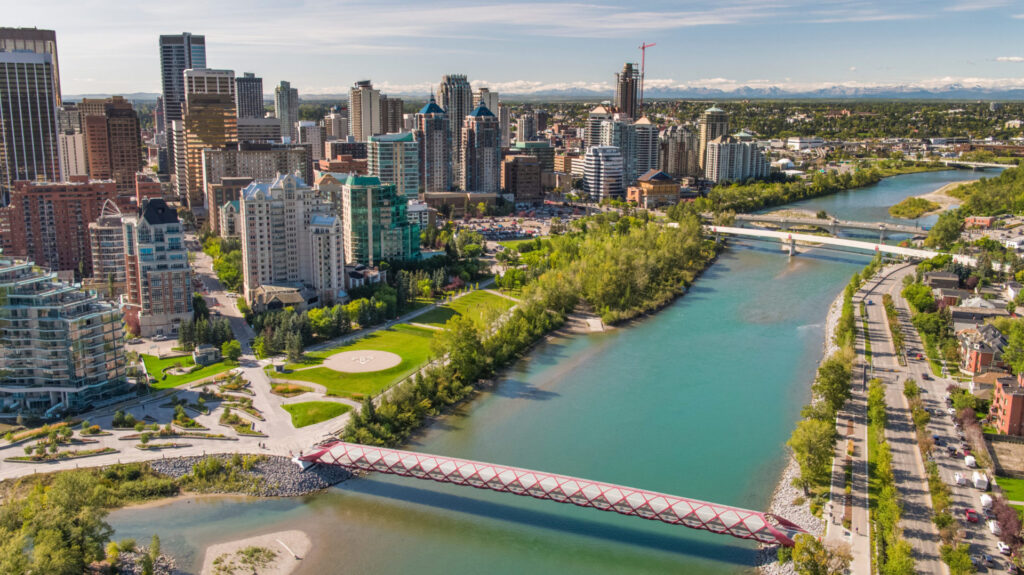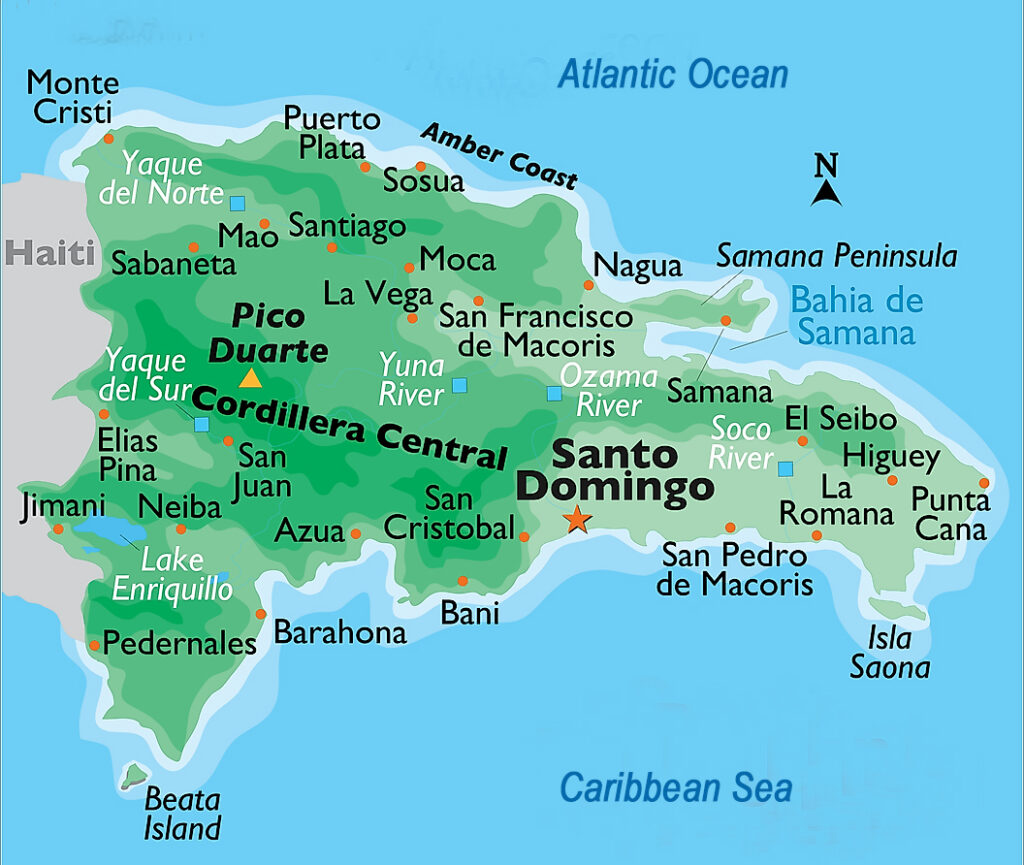Introduction
Panama, situated at the crossroads of North and South America, is a country rich in biodiversity, culture, and history. This guide offers a comprehensive exploration of Panama’s maps and facts, providing valuable insights into its geography, economy, culture, and tourist attractions. Whether you’re planning a trip, conducting research, or simply curious about this fascinating Central American nation, this guide has you covered.
Geography of Panama
Overview
Panama is a narrow isthmus that connects the continents of North and South America. Bordered by Costa Rica to the west and Colombia to the east, Panama is known for its diverse landscapes, including rainforests, mountains, and coastlines. The country is bisected by the Panama Canal, a vital waterway that links the Atlantic and Pacific Oceans.
Physical Map
A physical map of Panama highlights its topographical features, such as mountain ranges, rivers, and coastal plains. The country’s most prominent geographic feature is the Panama Canal, which traverses the isthmus and plays a crucial role in global trade.
Political Map
A political map of Panama outlines its administrative divisions, including provinces, municipalities, and indigenous territories. Panama is divided into ten provinces, each with its own distinct characteristics and cultural heritage.
Economy of Panama
Overview
Panama has a rapidly growing economy driven by its strategic location, favorable business environment, and diverse sectors. The country’s economy is highly service-oriented, with key industries including banking, tourism, logistics, and commerce. The Panama Canal is a major contributor to Panama’s economy, generating significant revenue through tolls and related services.
Trade and Commerce
Panama’s strategic location makes it a vital hub for international trade and commerce. The Panama Canal facilitates the movement of goods between the Atlantic and Pacific Oceans, contributing to Panama’s status as a global logistics center. The Colon Free Trade Zone, located near the canal, is one of the largest free trade zones in the world and serves as a major distribution hub for goods entering and leaving the region.
Culture and Society
Overview
Panama boasts a rich cultural tapestry influenced by its indigenous roots, colonial history, and diverse population. The country’s culture is a blend of indigenous traditions, Spanish heritage, Afro-Caribbean influences, and modern cosmopolitanism. Panamanian society is known for its warmth, hospitality, and celebration of cultural diversity.
Language and Religion
Spanish is the official language of Panama, spoken by the majority of the population. However, English is widely understood, especially in urban areas and tourist destinations. Panama is a predominantly Christian country, with Roman Catholicism being the dominant religion, followed by Protestantism and other faiths.
Tourism in Panama
Overview
Panama is a popular tourist destination known for its pristine beaches, lush rainforests, and vibrant culture. The country offers a wide range of attractions and activities for visitors, from exploring the Panama Canal to trekking in the highlands and relaxing on tropical islands. Panama’s rich biodiversity, diverse ecosystems, and indigenous cultures make it a haven for eco-tourism and adventure travel.
Key Attractions
- Panama Canal: A marvel of engineering and one of the world’s most famous waterways, offering boat tours and visitor centers.
- San Blas Islands: A stunning archipelago in the Caribbean Sea, known for its crystal-clear waters, white sand beaches, and indigenous culture.
- Boquete: A charming mountain town nestled in the highlands, popular for hiking, birdwatching, and coffee tours.
- Gamboa Rainforest: A pristine rainforest reserve near Panama City, offering wildlife viewing, canopy tours, and eco-lodges.
Frequently Asked Questions (FAQs)
What is the capital of Panama?
Panama City is the capital and largest city of Panama, located at the Pacific entrance of the Panama Canal.
Does Panama have any active volcanoes?
Yes, Panama has several active volcanoes, including Volcán Barú, the highest peak in the country, and Volcán de Chiriquí, both located in the western province of Chiriquí.
What is the currency of Panama?
The official currency of Panama is the Balboa (PAB), which is pegged to the United States dollar (USD) at a 1:1 exchange rate. However, the US dollar is widely used and accepted throughout the country.
How many indigenous groups are there in Panama?
Panama is home to several indigenous groups, including the Ngäbe-Buglé, Emberá, Guna, Wounaan, and Naso (Teribe). These groups have distinct cultures, languages, and traditions.
Is it safe to travel to Panama?
Panama is generally considered a safe destination for travelers. However, like any country, it is advisable to exercise caution, especially in urban areas and tourist areas where petty crime can occur. It is recommended to take common-sense precautions and stay informed about local conditions.
How do I get around in Panama?
Panama has a well-developed transportation infrastructure, including highways, airports, and public transportation systems. Taxis, buses, and rental cars are readily available in urban areas, while domestic flights and boats are used to access remote regions and islands.
Conclusion
Panama’s maps and facts offer a glimpse into the country’s diverse landscapes, vibrant culture, and thriving economy. From the engineering marvel of the Panama Canal to the natural beauty of its rainforests and beaches, Panama has much to offer visitors and residents alike. By exploring Panama’s geography, economy, culture, and tourist attractions, one can gain a deeper understanding and appreciation of this fascinating Central American nation.
- The Real History Behind The Archimedes Dial Featured In Indiana Jones! - August 19, 2024
- The March Of The 10,000 Greek Hoplites! - August 19, 2024
- Succession Of The Roman Empire! - August 17, 2024




